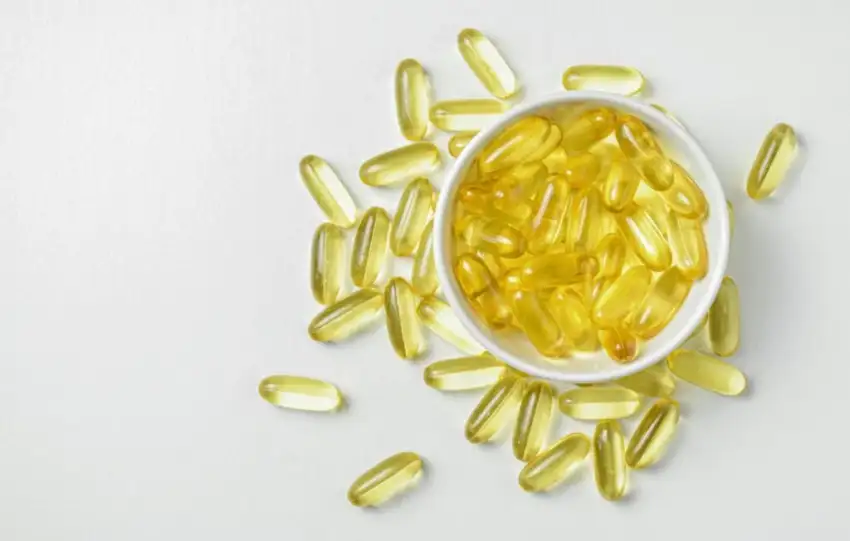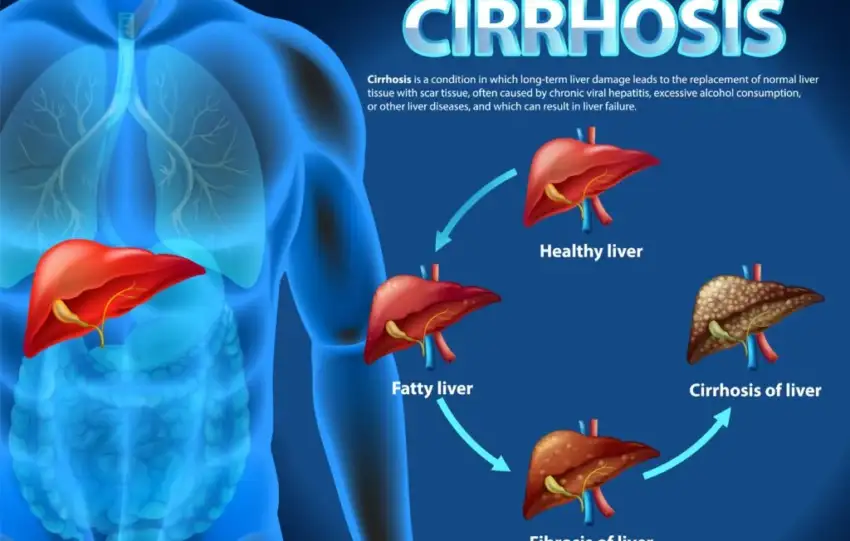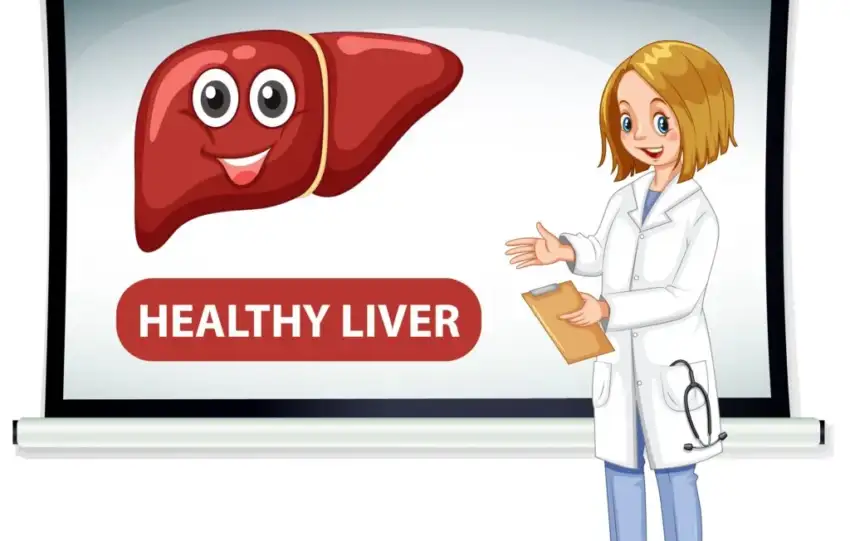
Alcohol consumption is a common social activity, but its effects on the liver can be profound and detrimental. This blog post aims to provide health-conscious individuals and medical professionals with a comprehensive understanding of the scientific mechanisms by which alcohol leads to liver damage. We’ll explore the liver’s role in the body, how alcohol is metabolized, and the stages of liver damage, including fatty liver, alcoholic hepatitis, and cirrhosis. Additionally, we’ll offer actionable advice on mitigating these risks, supported by current research and data.
The Liver’s Role in the Body
The liver is a vital organ responsible for numerous essential functions, including detoxification, protein synthesis, and the production of biochemicals necessary for digestion. It processes nutrients from the food we eat, stores vitamins and minerals, and helps regulate blood clotting. Given its critical roles, maintaining liver health is paramount.
How Alcohol is Metabolized
Introduction to Alcohol Metabolism
Alcohol consumption is a common social activity across the globe, but have you ever wondered what happens to alcohol after you drink it? The process by which your body breaks down and eliminates alcohol is known as alcohol metabolism. Understanding this process can help you make informed decisions about drinking and its effects on your health.
The Journey of Alcohol Through Your Body
Ingestion and Absorption
When you consume alcohol, it enters your stomach and small intestine. Unlike most nutrients, alcohol does not need to be digested, meaning it can be absorbed directly into your bloodstream. Around 20% of alcohol absorption happens in the stomach, and the remaining 80% occurs in the small intestine. Factors such as the presence of food can slow down this absorption process.
Distribution
Once absorbed, alcohol is distributed throughout your body’s water-containing tissues and organs, including your brain, liver, and muscles. This widespread distribution is why you might start feeling the effects of alcohol relatively quickly.
The Role of the Liver in Alcohol Metabolism
Enzymatic Breakdown
The liver is the primary organ responsible for metabolizing alcohol. Two key enzymes, alcohol dehydrogenase (ADH) and aldehyde dehydrogenase (ALDH), play a critical role in this process.
1. Alcohol Dehydrogenase (ADH): This enzyme converts alcohol into acetaldehyde, a toxic compound that can cause unpleasant symptoms like nausea and headache.
2. Aldehyde Dehydrogenase (ALDH): This enzyme further breaks down acetaldehyde into acetate, a less harmful substance that is eventually broken down into water and carbon dioxide for elimination.
Factors Affecting Alcohol Metabolism
Biological Factors
– Genetics: Genetic variations can influence how efficiently your liver enzymes metabolize alcohol. For example, some people of East Asian descent have a genetic variation that affects ALDH, leading to a slower breakdown of acetaldehyde and causing a flushing response.
– Age and Sex: Generally, women metabolize alcohol more slowly than men due to differences in body composition and enzyme levels. Additionally, older adults may have a reduced ability to metabolize alcohol.
Lifestyle Factors
– Diet: Eating food before drinking can slow down the absorption of alcohol, giving your liver more time to metabolize it.
– Health Status: Conditions like liver disease can impair your ability to metabolize alcohol efficiently.
The Effects of Alcohol Metabolism on Your Body
Short-Term Effects
– Intoxication: As alcohol reaches your brain, it affects neurotransmitter activity, leading to the characteristic signs of intoxication such as impaired judgment, coordination, and reaction times.
– Hangover: The accumulation of acetaldehyde and other by-products can contribute to hangover symptoms like headache, nausea, and fatigue.
Long-Term Effects
– Liver Damage: Chronic alcohol consumption can overwhelm your liver’s ability to metabolize alcohol, leading to conditions such as fatty liver, hepatitis, and cirrhosis.
– Nutritional Deficiencies: Alcohol can interfere with nutrient absorption and metabolism, potentially leading to deficiencies in essential vitamins and minerals.
Conclusion: Managing Alcohol Consumption
Understanding how alcohol is metabolized can help you make better choices about drinking. Moderation is key, and being aware of the factors that affect alcohol metabolism can help you manage its impact on your health. Always consult healthcare professionals for personalized advice, especially if you have concerns about alcohol use or its effects on your body.
Stages of Alcohol-Induced Liver Damage
Fatty Liver (Steatosis)
Fatty liver is the earliest stage of alcohol-induced liver damage. It occurs when fat accumulates in liver cells due to the liver’s impaired ability to metabolize fats efficiently. Although it is often asymptomatic, fatty liver can be detected through imaging studies and blood tests. Fortunately, it is reversible with abstinence from alcohol.
Alcoholic Hepatitis
Alcoholic hepatitis is an inflammatory condition of the liver caused by excessive alcohol consumption. Symptoms include jaundice, abdominal pain, fever, and nausea. Inflammation results from the toxic effects of acetaldehyde and other byproducts of alcohol metabolism, leading to liver cell damage and death. This stage is serious and can be life-threatening.
Cirrhosis
Cirrhosis is the final stage of alcohol-induced liver damage, characterized by extensive scarring (fibrosis) of liver tissue. As healthy liver cells are replaced by scar tissue, the liver’s ability to function deteriorates significantly. Symptoms of cirrhosis include severe fatigue, easy bruising, ascites (accumulation of fluid in the abdomen), and hepatic encephalopathy (brain dysfunction due to liver failure). Cirrhosis is irreversible and can lead to liver failure and death.
Mitigating the Risks of Alcohol-Induced Liver Damage
To reduce the risk of alcohol-induced liver damage, consider the following actionable advice:
Moderation
Limiting alcohol intake is crucial. For men, this means up to two drinks per day, and for women, up to one drink per day. Binge drinking should be avoided altogether.
Early Detection
Regular check-ups and liver function tests can help detect liver damage at an early stage, allowing for prompt intervention. Medical professionals should be vigilant in screening patients with a history of heavy alcohol use.
Lifestyle Changes
Adopting a healthy lifestyle can support liver health. This includes a balanced diet rich in fruits, vegetables, and whole grains, regular exercise, and avoiding other liver toxins such as certain medications and illicit drugs.
Case Studies and Examples
Consider the case of John, a 45-year-old man who consumed alcohol heavily for over 20 years. Initially diagnosed with fatty liver, he ignored medical advice and continued drinking, eventually developing alcoholic hepatitis. Despite treatment, his condition progressed to cirrhosis, highlighting the importance of early intervention and lifestyle changes.
In contrast, Maria, a 35-year-old woman with a similar drinking history, heeded her doctor’s warning and quit alcohol. Her liver function improved significantly, demonstrating the liver’s remarkable capacity for recovery when given the chance.
Conclusion
Understanding how alcohol damages the liver is crucial for both health-conscious individuals and medical professionals. By recognizing the stages of liver damage and taking proactive steps to reduce alcohol consumption, monitor liver health, and adopt healthy lifestyle habits, we can protect and preserve this vital organ. Remember, moderation, early detection, and lifestyle changes are key to maintaining liver health and preventing alcohol-induced liver damage.
FAQs: How Alcohol Damages Your Liver
1. How much alcohol is considered excessive?
Excessive alcohol consumption is typically defined as more than one drink per day for women and two drinks per day for men. Binge drinking also poses a significant risk.
2. Can the liver heal after stopping alcohol?
Yes, the liver has a remarkable ability to heal. Many people experience improvements in liver function after reducing or eliminating alcohol consumption.
3. What are the early signs of liver damage from alcohol?
Early signs may include fatigue, nausea, abdominal pain, jaundice (yellowing of the skin or eyes), and changes in appetite.
4. Is it possible to reverse cirrhosis caused by alcohol?
While early-stage cirrhosis can improve with lifestyle changes, advanced cirrhosis is irreversible. Management focuses on preventing further damage and treating complications.
5. Are there any supplements that can protect the liver from alcohol damage?
Certain supplements, such as milk thistle and N-acetyl cysteine (NAC), may provide protective benefits for the liver. However, they should not be a substitute for reducing alcohol consumption.
6. Can alcohol affect liver function tests?
Yes, alcohol can significantly affect liver function tests, leading to elevated liver enzymes, which are indicators of liver damage.
7. What role does diet play in liver health when consuming alcohol?
A balanced diet can help mitigate some of the damaging effects of alcohol. Nutrient-rich foods support liver function and promote recovery.
8. How long does it take for the liver to recover after quitting alcohol?
The recovery timeline varies by individual and the extent of damage. Many people notice improvements within weeks to months after quitting alcohol.
9. Is it safe to drink alcohol in moderation if I have fatty liver disease?
It is generally advised to avoid alcohol if you have fatty liver disease, as it can exacerbate the condition. Always consult with a healthcare provider for personalized advice.
10. What should I do if I think I have liver damage from alcohol?
Seek medical advice promptly. A healthcare provider can conduct tests and provide guidance on the best course of action for your health.









